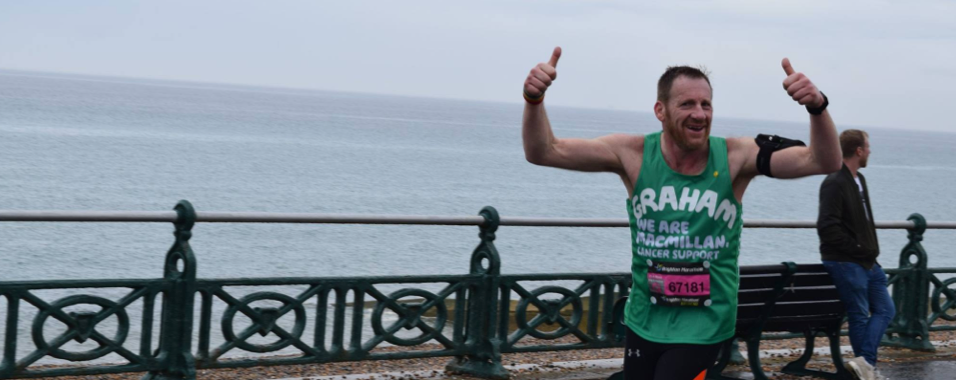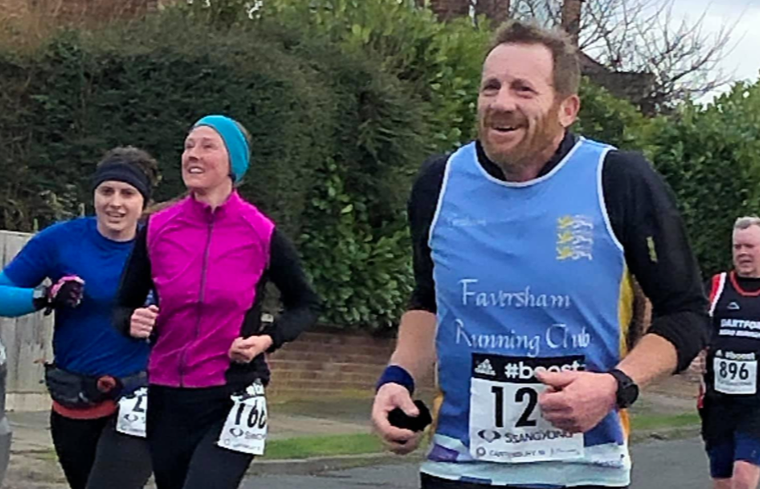If you’re still newish to the sport but are looking to replace your footwear or are maybe wanting a second pair, having a gait analysis is a good use of your time. What this involves is taking yourself along to a running shop, whipping off your shoes and socks and rolling up your trousers a little and then spending twenty or thirty seconds running on their treadmill while your foot action is videoed. The staff will then replay the footage for you (pun intended!) and discuss your motion in detail and make suggestions as to the best shoe for your running style. This usually comes down to a choice of ‘neutral’ or ‘stability’ footwear, and during the process, you’ll be hit with wacky words like pronation and supination but one thing I will say here is to get yourself an analysis done at two different establishments (sorry running shop owners!) and make sure both diagnoses are the same before shelling out on those expensive shoes because all being well you’ll be running for some years and using the incorrect footwear over a period of time could harm you.
Unfortunately, not all manufacturers are clear in their descriptions about the stability or neutral-ness of their shoes, so if you’ve been advised to opt for something specific you might have to dig into the sales bumf to discover what you need.




